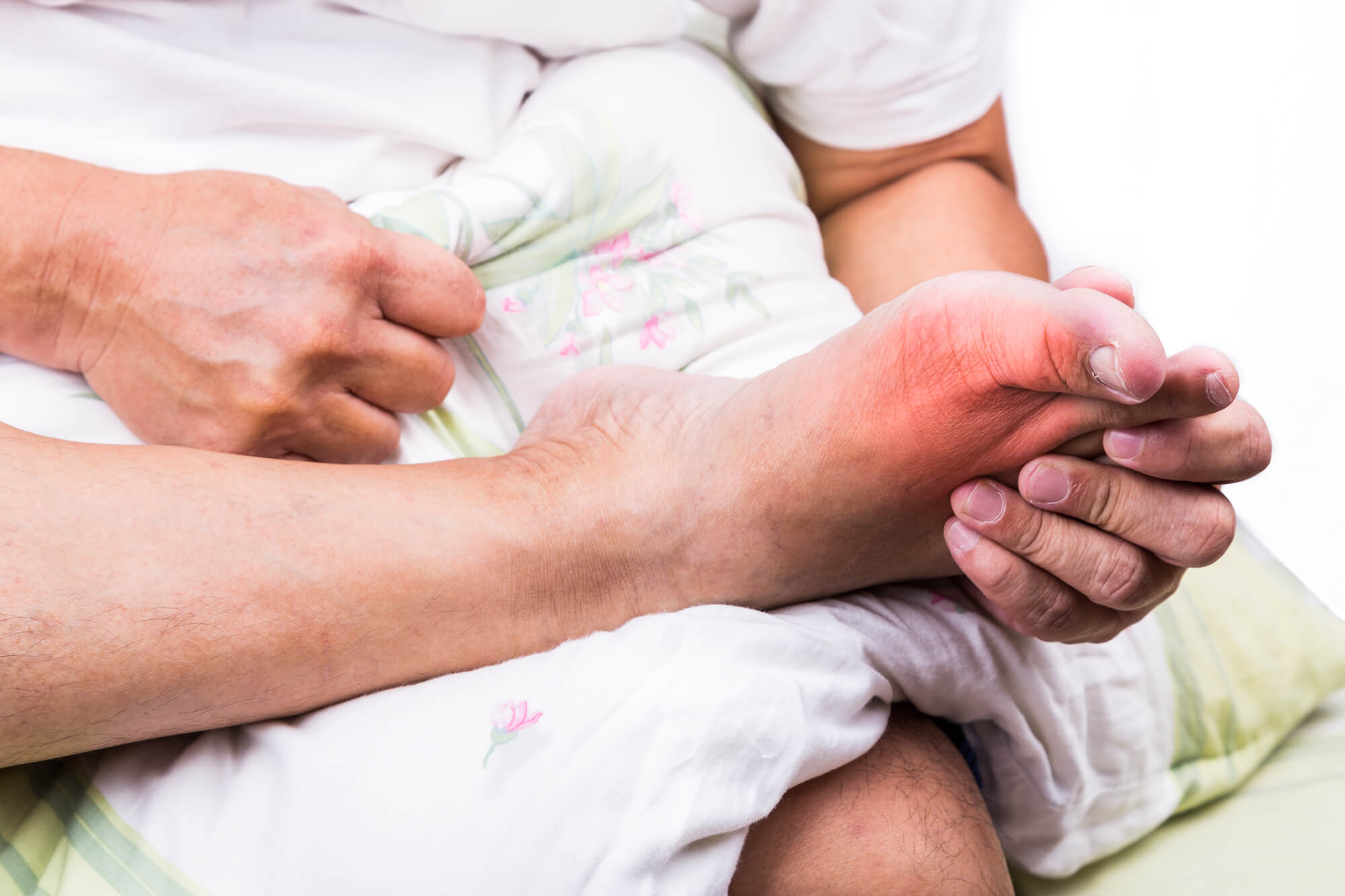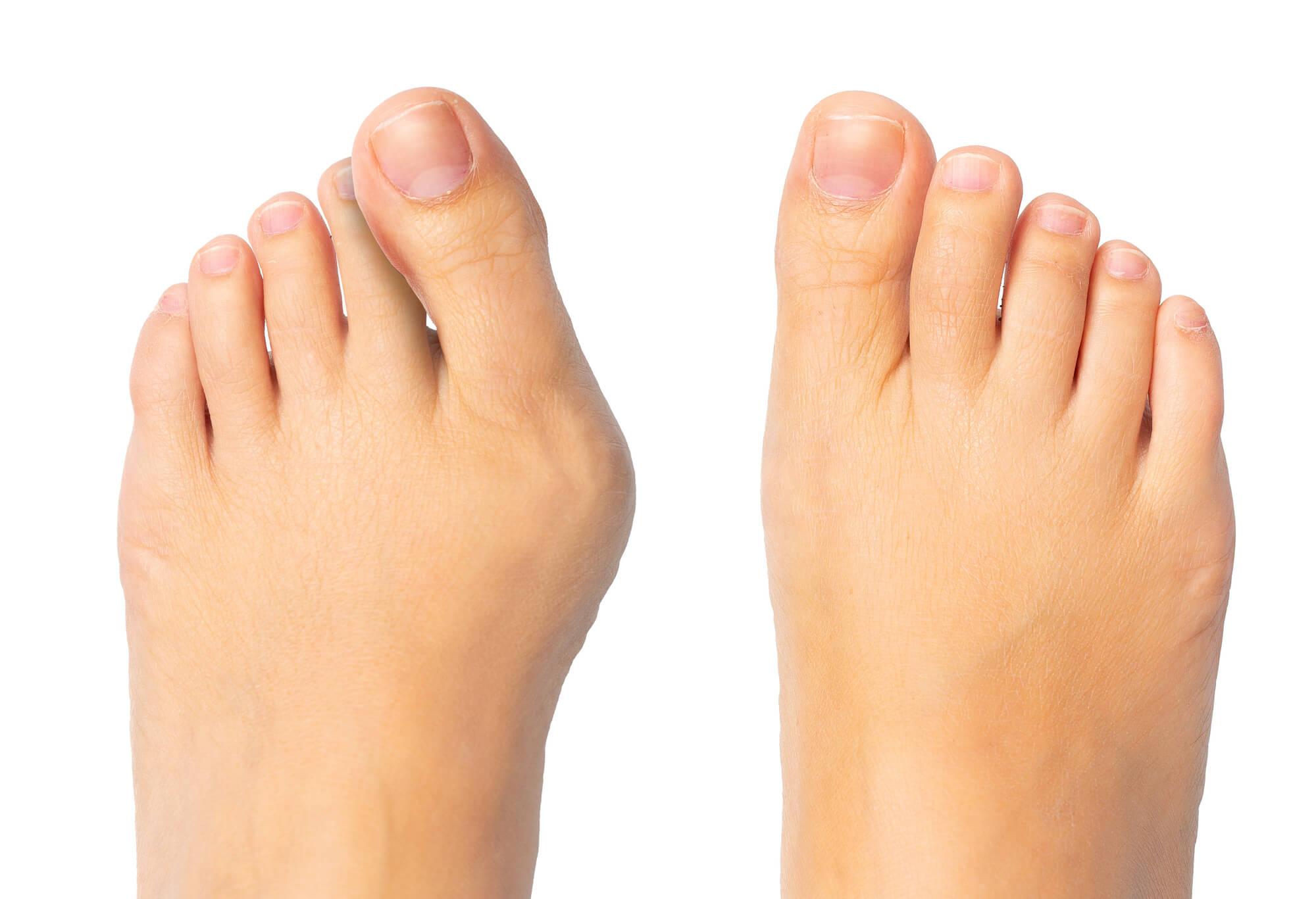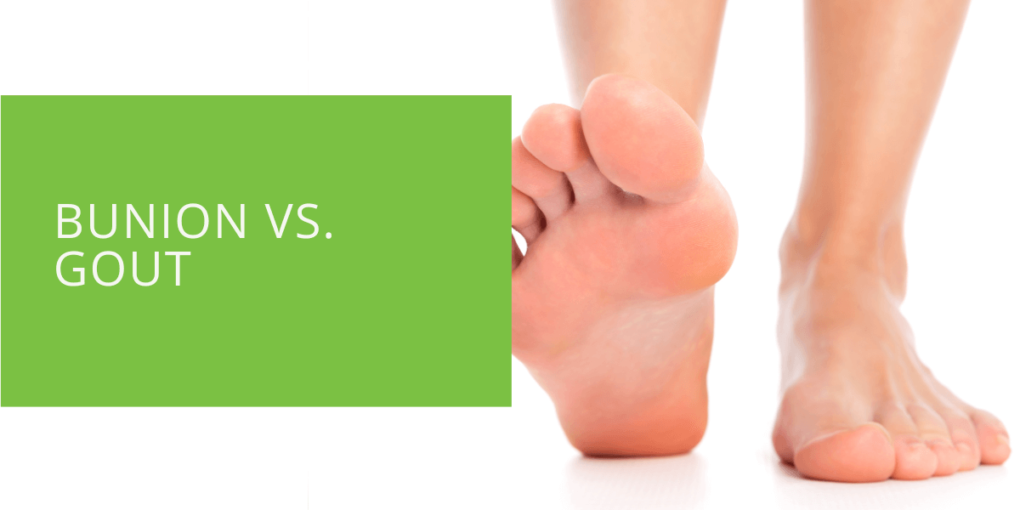Bunion vs. Gout
Bunions and gout are two common foot conditions that can cause pain and discomfort in the big toe joint. They can be confused with one another, but they have different causes and require different treatment approaches. This article will explore the differences between bunion and gout, their symptoms, causes, and treatment options.
What Is a Bunion?
A bunion is a bony bump that forms on the joint at the base of your big toe. It is a common foot condition that affects millions of people worldwide. The exact cause of bunions is unknown, but they are often associated with wearing high heels or tight-fitting shoes, which can pressure the toes and cause deformity over time.
Symptoms of a bunion include redness, tenderness, and swelling around the big toe joint. As the bunion grows, it can cause the big toe to angle towards the other toes, resulting in a deformity. Bunions can also cause pain and difficulty wearing shoes.
Podiatrists can diagnose bunions by examining the foot and taking X-rays to evaluate the severity of the condition. Treatment options for bunions include wearing orthotic shoes or pads to reduce pressure on the foot, using anti-inflammatory medication, or undergoing surgery to remove the bony bump.
What Is Gout?
Gout is a type of arthritis that results from the buildup of uric acid crystals in the joints. It commonly affects the big toe joint and can cause sudden, intense pain and swelling, known as a gout attack. Gout is caused by an overproduction of uric acid or the inability of the body to excrete it properly.
Gout symptoms include sudden pain, redness, and swelling in the affected joint. Gout attacks can last for several days and often occur at night. Over time, gout can cause permanent joint damage and deformity.
Podiatrists can diagnose gout by examining the foot and conducting blood tests to measure uric acid levels. Treatment options for gout include taking anti-inflammatory medication, making lifestyle changes such as avoiding certain foods and beverages that trigger gout attacks and undergoing medication to reduce uric acid levels.

Bunion vs. Gout: How To Tell the Difference
Bunions and gout are two distinct foot conditions that can affect the big toe joint, but they have different causes, symptoms, and treatment approaches. Understanding the differences between bunions and gout is important for accurate diagnosis and effective treatment.
Bunion Symptoms and Causes
Bunions are characterized by a bony bump that develops at the base of the big toe joint. They are often caused by tight-fitting shoes or high heels that pressure the toes and cause the joint to shift out of alignment over time. Other risk factors for bunions include genetics, foot injuries, and medical conditions such as rheumatoid arthritis.
Symptoms of bunions include pain, redness, swelling, and tenderness around the big toe joint. The joint may also become stiff, and the skin may appear thickened or callused. Over time, the big toe may angle towards the other toes, resulting in a visible deformity.
Gout Symptoms and Causes
Gout is arthritis when uric acid crystals accumulate in the joints, particularly in the big toe joint. It can be caused by the body's overproduction of uric acid or inability to excrete it properly. Risk factors for gout include genetics, obesity, high blood pressure, and a diet high in purines, such as red meat, seafood, and alcohol.
Gout is characterized by sudden, severe pain and swelling in the affected joint, often accompanied by redness and warmth. Gout attacks can occur anytime but are more common at night and can last several days or weeks. Over time, repeated gout attacks can lead to joint damage and deformity.
Key Differences
Although bunions and gout can affect the big toe joint, several key differences can help distinguish one.
Onset and Duration
Bunions are typically a gradual development over time, while gout attacks can occur suddenly without warning. Bunion pain is often constant and worsens with activity, while gout pain is often intermittent and can be more severe during a gout attack.
Appearance
Bunions often cause a visible toe deformity, with the big toe pointing towards the other toes. Gout attacks, on the other hand, typically cause redness, swelling, and warmth around the affected joint.
Causes and Risk Factors
While tight-fitting shoes and high heels are common causes of bunions, gout is often caused by medical conditions such as obesity, high blood pressure, or a diet high in purines.
Diagnosing Bunion vs. Gout
A podiatrist can diagnose bunions and gout through a physical examination, X-rays, blood tests, and joint fluid analysis. It is important to see a podiatrist for an accurate diagnosis, as other medical conditions, such as rheumatoid arthritis and osteoarthritis, can have similar symptoms.

Treatment Options
The treatment for bunions and gout varies depending on the severity of the condition and the individual's symptoms. Bunion treatment may include wearing orthotic shoes or pads, using anti-inflammatory medication, or undergoing surgery to remove the bony bump. For gout, treatment may involve taking anti-inflammatory medication, making lifestyle changes such as avoiding certain foods and beverages that trigger gout attacks and undergoing medication to reduce uric acid levels.
Prevention
Lifestyle changes can help prevent the development and progression of both bunions and gout. Avoiding tight-fitting shoes and high heels can help reduce the pressure on the toes and prevent the development of bunions. Maintaining a healthy weight, staying hydrated, and avoiding high-purine foods can help reduce the risk of gout attacks.
When to See a Podiatrist
If you are experiencing foot pain or discomfort, seeing a podiatrist for an accurate diagnosis and treatment plan is important. Seeking prompt medical attention can help prevent further damage to the affected joint and improve the effectiveness of treatment.
Conclusion
Bunions and gout are common foot conditions that can cause pain and discomfort in the big toe joint. While they may share similar symptoms, they have different causes and require different treatment approaches. If you are experiencing foot pain or discomfort, seeing a podiatrist for an accurate diagnosis and treatment plan is important.
In summary, bunions and gout are two different conditions that can affect the big toe joint. Bunions are bony bumps that form at the base of the big toe and are often caused by tight-fitting shoes or high heels. Gout is a type of arthritis that results from the buildup of uric acid crystals in the joints and can cause sudden, intense pain and swelling.
While both conditions can be painful and affect daily life, they can be managed with proper treatment and lifestyle changes. Podiatrists can provide diagnosis and treatment options to help reduce pain and prevent further damage to the joint.
If you are experiencing symptoms of bunions or gout, or have concerns about your foot health, contact a podiatrist today to schedule an appointment. Don't let foot pain hold you back from living your best life.

